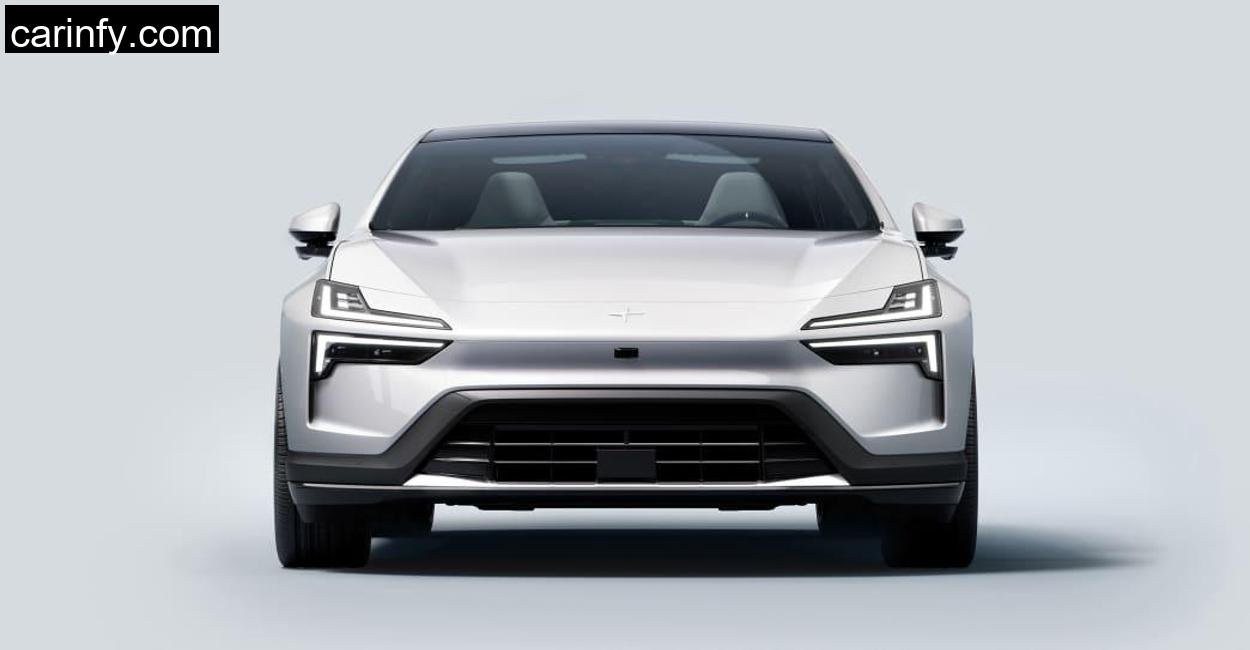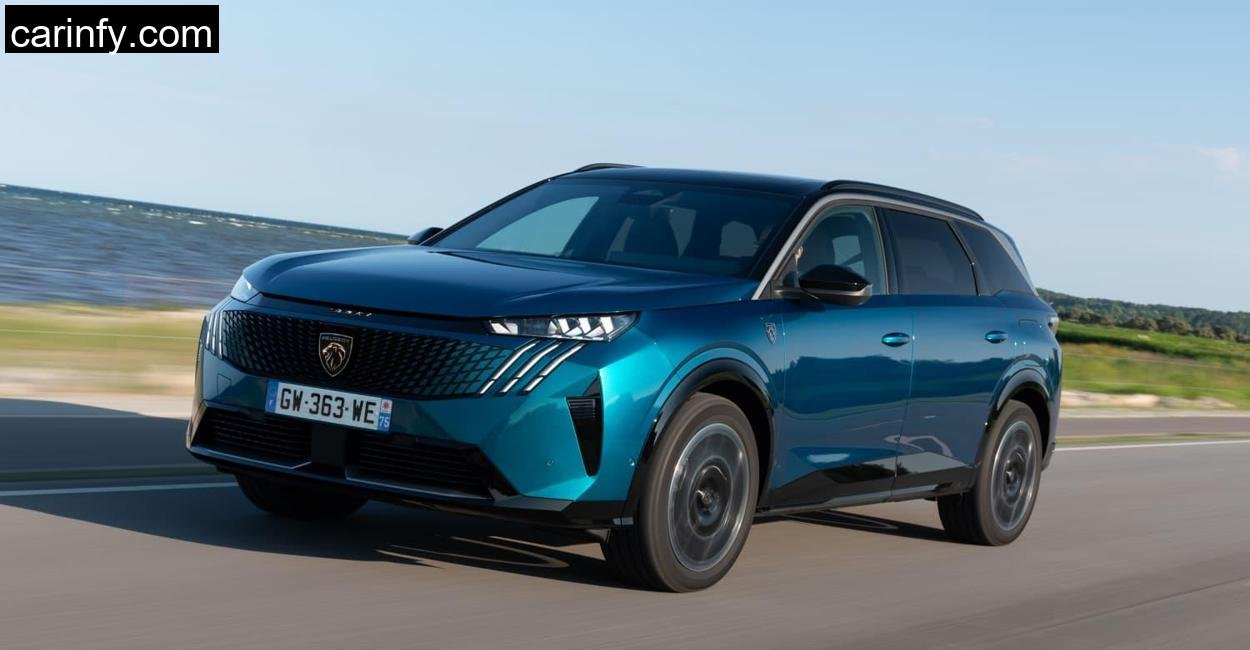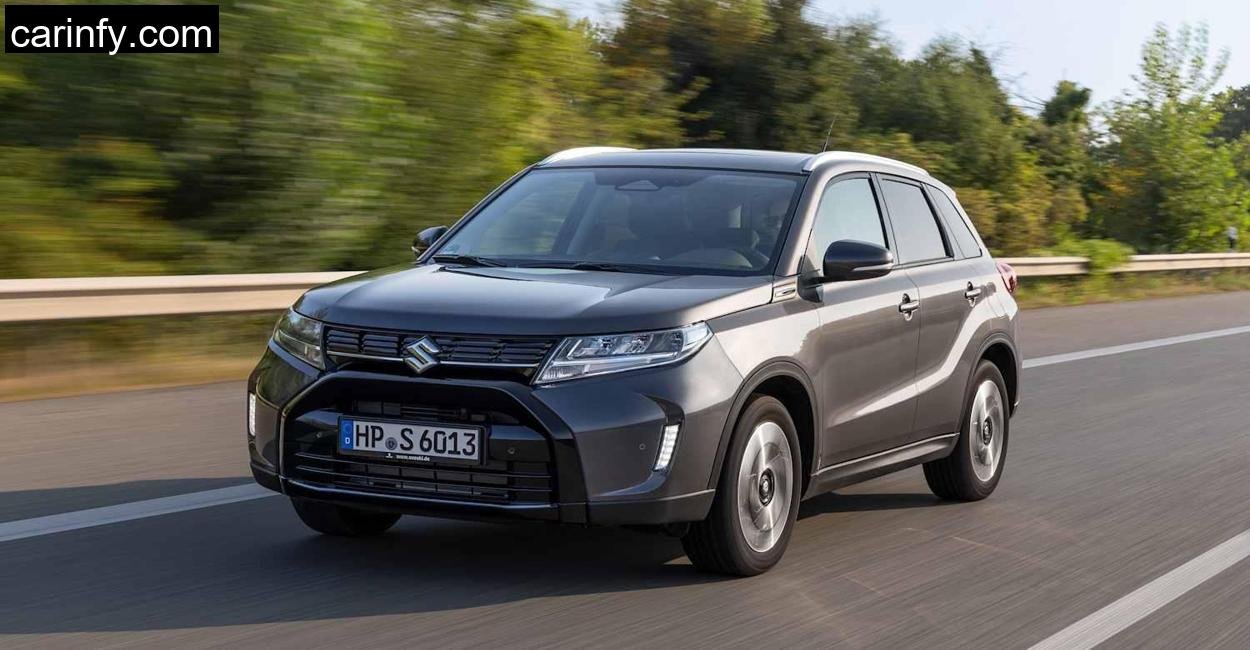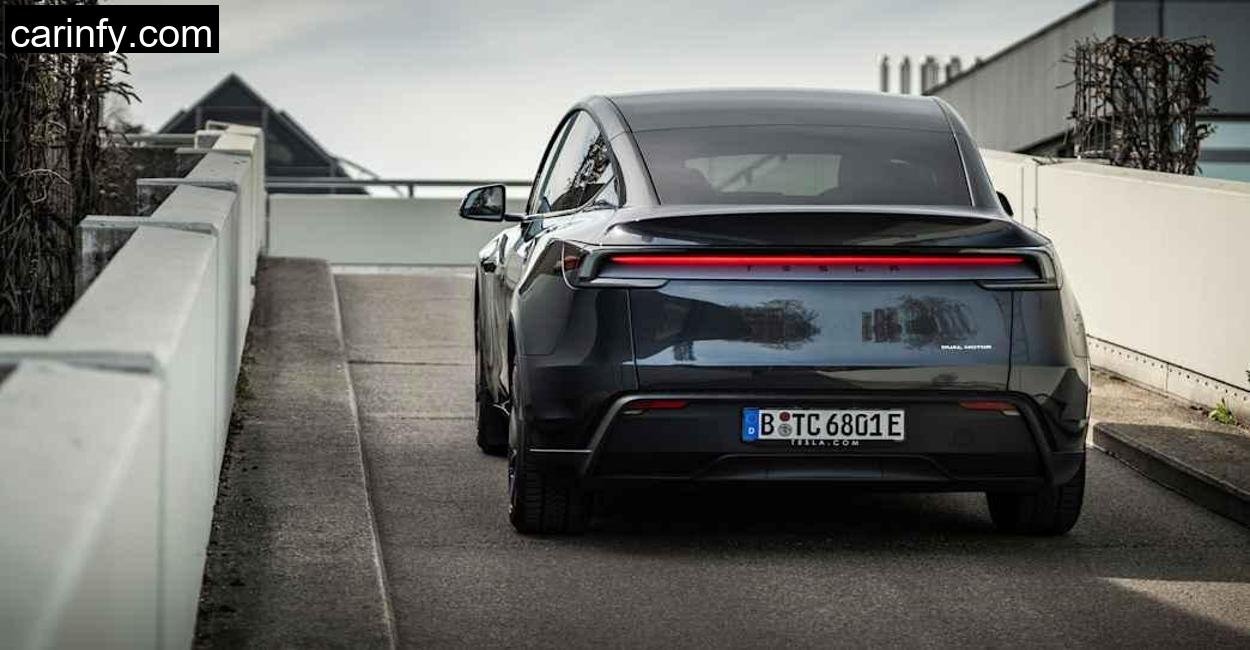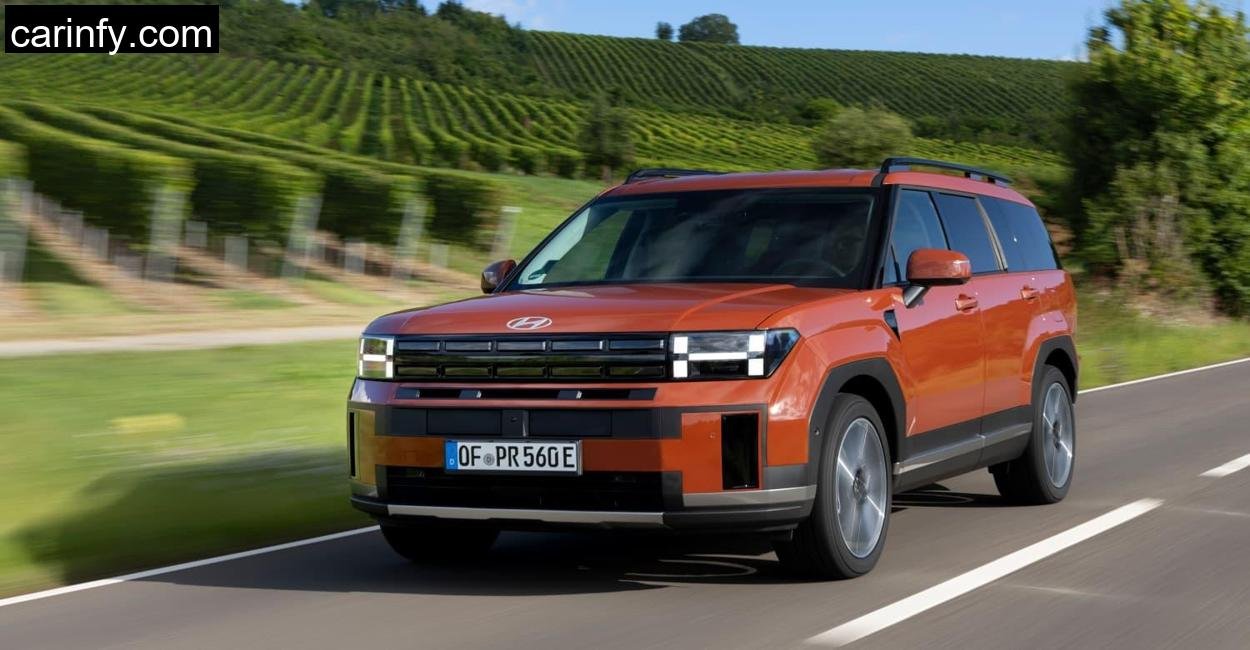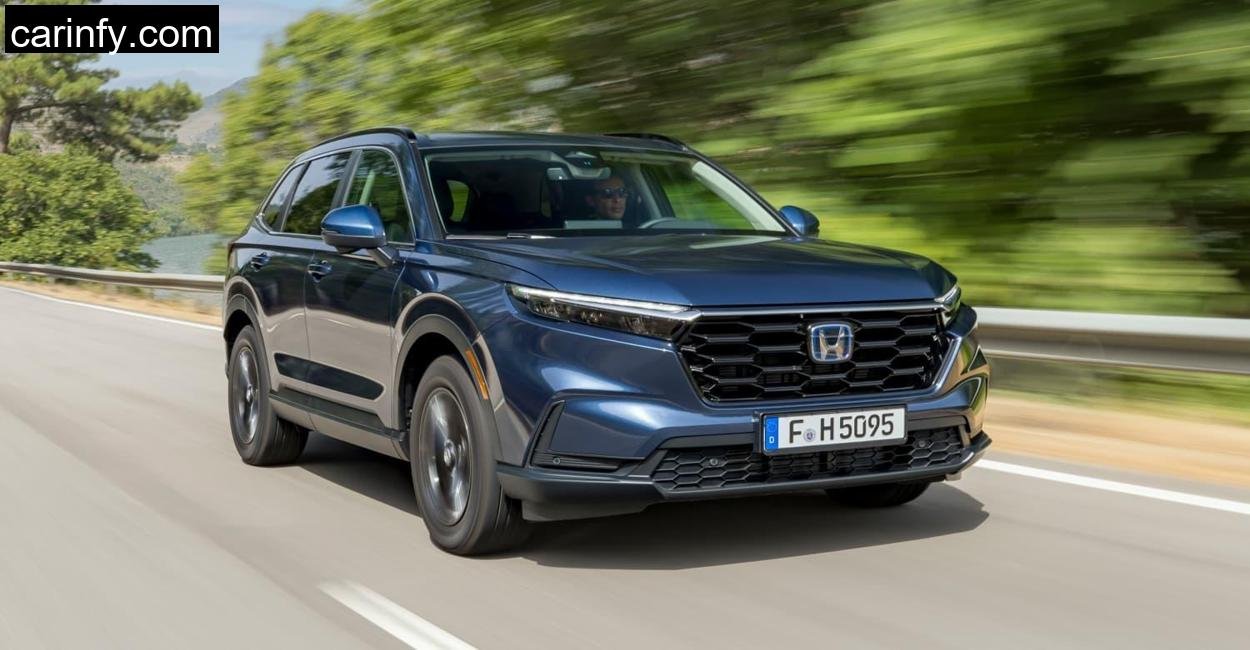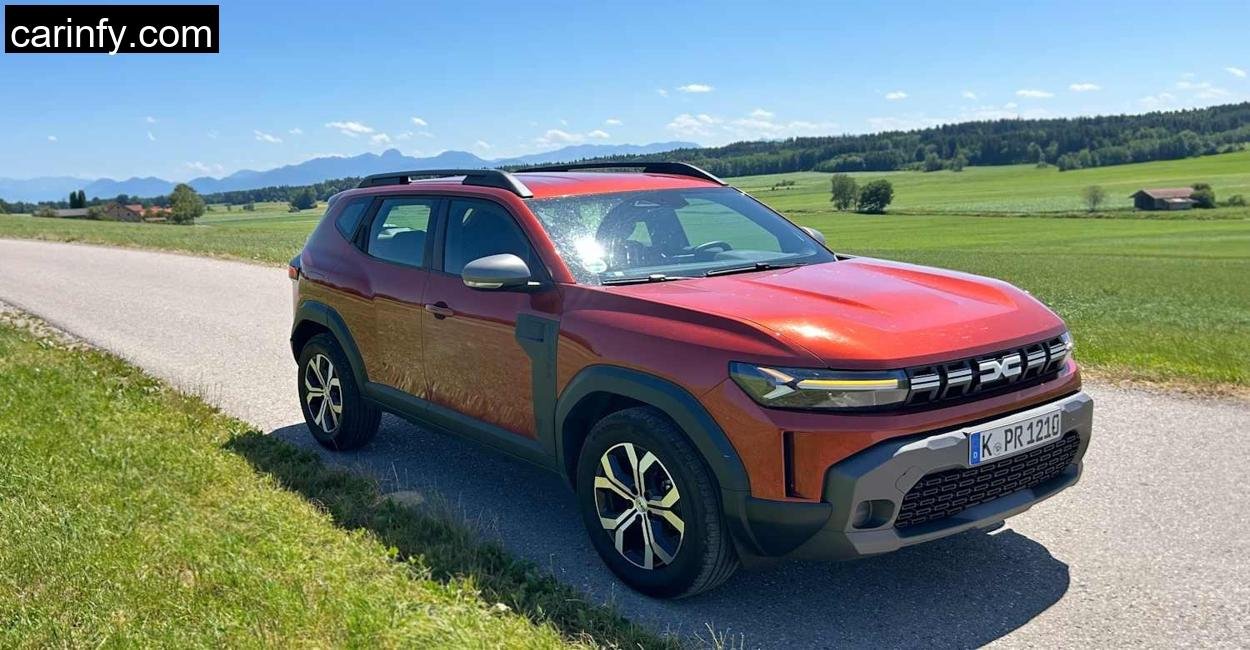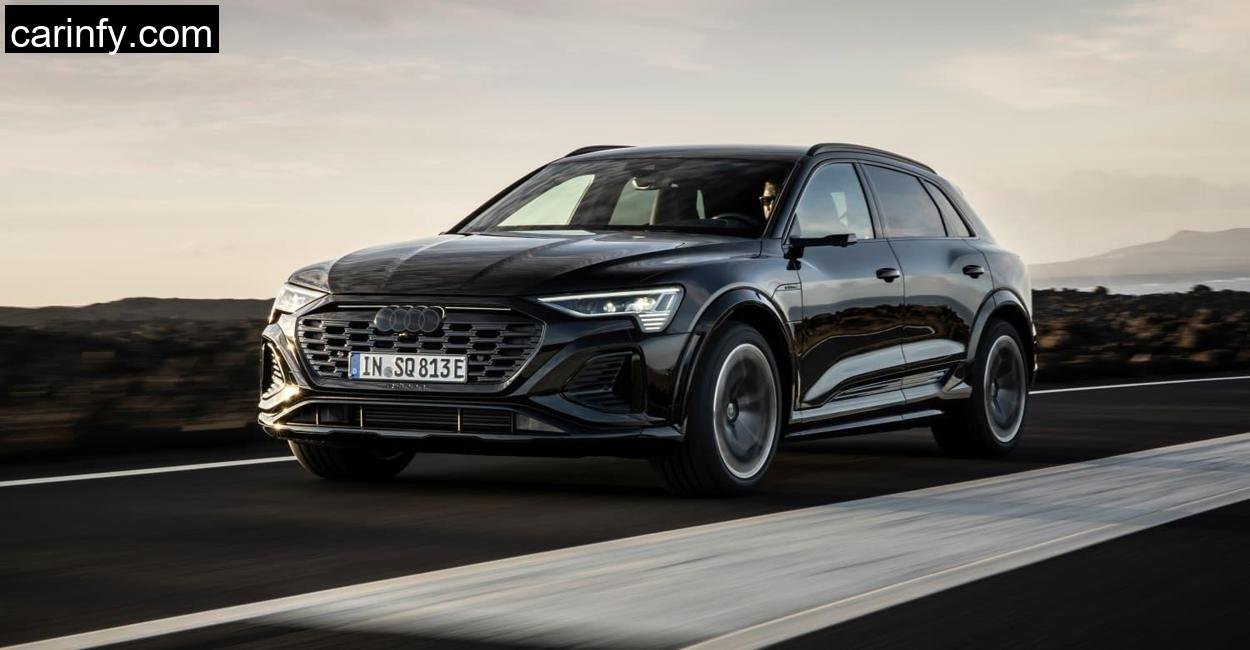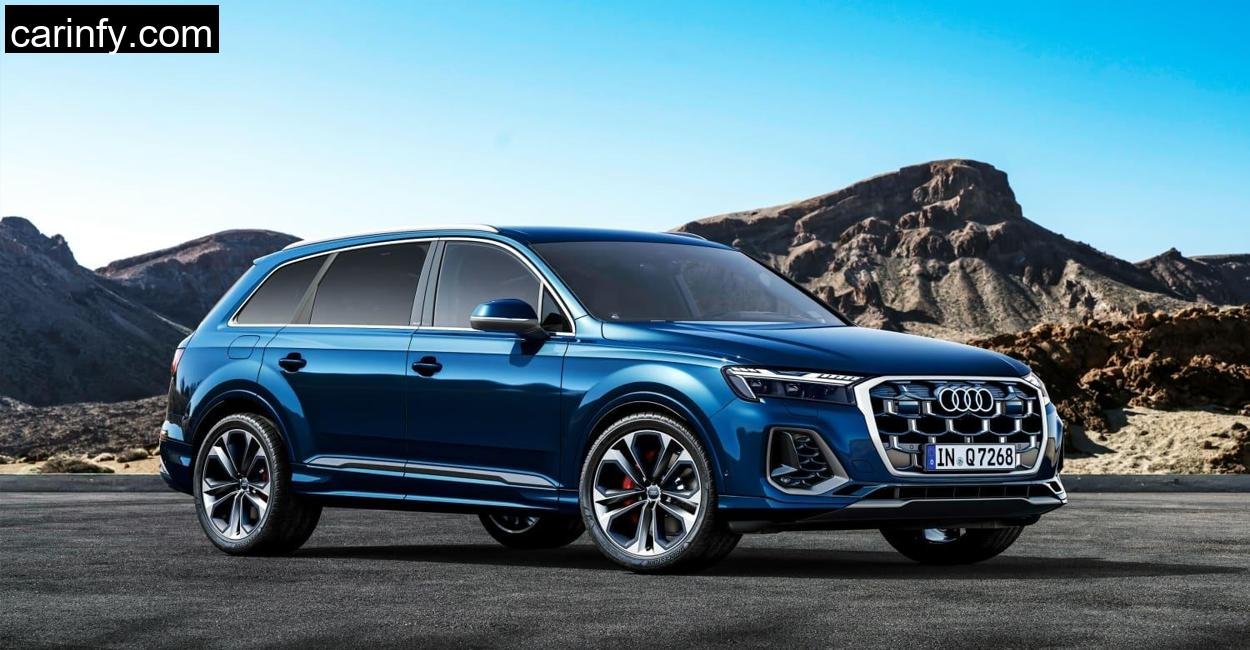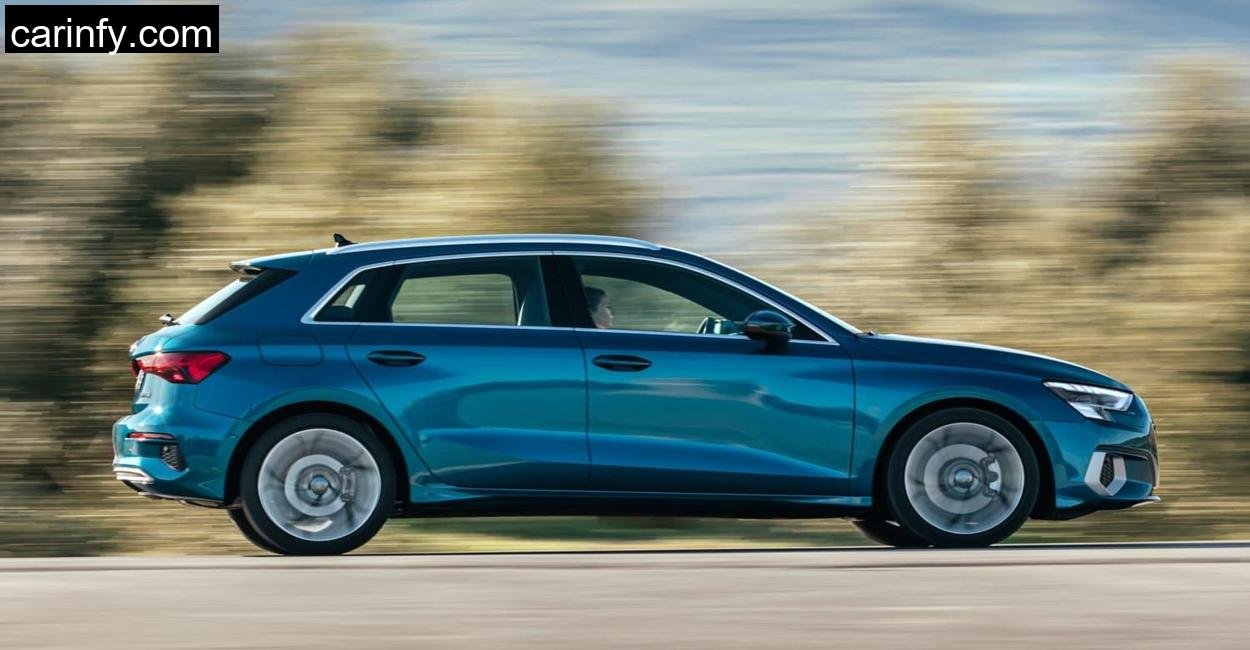When I first got behind the wheel of the Polestar 4, I was parked at the foot of the Aiguilles d’Arves – a striking mountain range in the French Alps. The scenery was breathtaking, the air crisp, and the road ahead twisted like a ribbon through the mountains. But my attention was firmly on the car. The Polestar 4, a sleek electric SUV coupe, promised bold design, power, and innovation. And yes, it had no rear window. That’s right. Instead, it uses a digital camera system to show you what’s behind.
As unconventional as that sounds, the Polestar 4 is packed with cutting-edge features. I tested the Long Range Single Motor version, offering 200 kW of power and rear-wheel drive. With snow-capped peaks as our backdrop and Alpine roads ahead, I was eager to find out if this electric coupe could truly handle real-world driving.
A Bold New Concept: The Rear-Window Delete

From the moment you approach the Polestar 4, it makes a statement. The coupe-inspired roofline flows seamlessly into the tailgate, where, surprisingly, there’s no rear glass. Instead, a high-definition camera mounted at the rear feeds a live video stream to a screen embedded in the rearview mirror.
At first, I found it disorienting. My instinct was to glance over my shoulder or in the mirror for a quick check. But after a few kilometers of winding through forest-lined roads, I began to adjust. The screen offers a wide field of vision, and while depth perception can be tricky, it works. Still, it’s not perfect, especially during bright Alpine sunlight or heavy shadow, where glare sometimes affected the clarity.
Despite the missing glass, the design benefits are clear. The uninterrupted roofline gives the Polestar 4 a futuristic silhouette, and the aerodynamics are improved. The car looks like it belongs in a sci-fi movie, and judging by the reactions it got in the small Alpine towns we passed through, it turns heads wherever it goes.
Performance on Mountain Roads

Now let’s talk performance. The Polestar 4 Long Range Single Motor packs 272 horsepower and 343 Nm of torque. It might not be the dual-motor beast with 544 horsepower, but it still moves with purpose. From a standstill to 100 km/h in 7.1 seconds, it’s no slouch.
As I ascended the narrow switchbacks leading up the Col du Galibier, I appreciated the consistent torque delivery. Electric power means immediate acceleration, and the Polestar 4 delivers it smoothly. Overtaking slow-moving campers was effortless, just a slight press of the pedal, and the car surged forward.
Handling, though, was a mixed bag. The rear-wheel drive setup and standard steel suspension made the rear end feel a bit lively during sharper turns. At higher speeds, especially around tight bends, I could feel the rear pushing outwards. The steering, while sharp off-center, felt artificial at times. It lacked the organic feedback you crave when carving through corners.
However, the grip from the 255-section Pirelli Pilot Sport tires was impressive. I never felt like I was losing control, even when I pushed a bit harder on some of the more open mountain roads. The stability control system, when left active, did a good job keeping everything in check. In Sport mode, though, it gives you more freedom, and that’s where things can get tail-happy if you’re not careful.
Real-World Range and Charging
Before setting off from our chalet near Saint-Jean-de-Maurienne, I charged the Polestar 4 to 100% at a local DC fast charger. The battery, a 100 kWh unit (94 kWh usable), supports up to 200 kW charging. I managed to go from 10% to 80% in just over 30 minutes, drawing about 136 kW on average during the session.
Throughout the day, covering a mix of tight Alpine roads, highway stretches, and village cruising, I averaged around 21 kWh/100 km, close to the ADAC’s tested value of 20.8. By the end of the day, I had covered roughly 450 kilometers and still had about 80 km of range left. That’s impressive considering the elevation changes and spirited driving.
Polestar claims a WLTP range of 620 km. In the real world, especially in such dynamic terrain, 500-550 km seems like a safe bet. That’s more than enough for most daily needs and even long weekend getaways.
Interior: Minimalism Meets Comfort

Inside, the Polestar 4 is pure Scandinavian chic. Clean lines, soft-touch materials, and an uncluttered layout dominate the cabin. My test car had the Plus package, which meant vegan-friendly Alcantara surfaces, recycled materials, and a panoramic glass roof that extended from the windshield to the rear spoiler.
The front seats are superb, supportive and fully adjustable. Rear passengers enjoy ample legroom thanks to the long 2.99-meter wheelbase. At 5’11”, I sat in the back with room to spare. The rear seats even offer electrically adjustable backrests, a rare luxury in this segment.
Cargo space is adequate. You get 410 liters behind the seats and up to 1,349 liters with them folded down. There’s no pass-through for skis or longer cargo, which is a bit of a letdown for anyone into winter sports. Still, the frunk adds a bit of extra storage for small items.
I spent a lot of time interacting with the central 15.4-inch infotainment screen powered by Android Automotive OS. It’s fast, responsive, and integrates Google Maps, Assistant, and even Spotify natively. However, some functions, like adjusting the steering wheel or headlight settings, are buried in submenus, which can be distracting. Physical buttons for essentials would be a welcome addition.
The Harman Kardon sound system was phenomenal. At one point, as I descended toward La Chambre with Miles Davis playing, the sound quality was so immersive it felt like a private concert.
Safety and Assistance Systems

Polestar offers a range of driver assistance features, but they weren’t flawless. The adaptive cruise control occasionally disengaged on tight bends, and the lane-keeping assist struggled on poorly marked Alpine roads. At one point, the system wrongly limited my speed to 150 km/h on an open highway.
These quirks might be improved with software updates, but for now, they’re a reminder that not all tech is perfect. That said, the braking performance was excellent. From 100 km/h to zero, the Polestar stopped in just 38.4 meters. Emergency maneuvers were smooth and controlled, thanks in part to the wide tires and low center of gravity.
Technical Specifications
All technical details provided are taken from the Polestar’s official manufacturer site.
| Specification | Polestar 4 Long Range Single Motor |
|---|---|
| Power | 200 kW / 272 hp |
| Torque | 343 Nm |
| Acceleration 0-100 km/h | 7.1 seconds |
| Top Speed | 200 km/h |
| Drive Type | Rear-wheel drive |
| Battery | 100 kWh (94 kWh usable) |
| WLTP Range | 620 km |
| Real Range (ADAC) | 535 km |
| Charging (DC) | Up to 200 kW |
| Charging Time (10–80%) | 33 minutes |
| Consumption (ADAC) | 20.8 kWh/100 km |
| Trunk Volume | 410–1,349 liters |
Conclusion: A Visionary Step Forward
The Polestar 4 is not just another electric SUV, it’s a bold vision of the future. By removing the rear window, Polestar forces us to rethink what’s essential in vehicle design. Combine that with solid real-world range, strong performance, and a premium interior, and you’ve got a compelling EV.
But it’s not perfect. The handling quirks of the base suspension, the over-reliance on digital controls, and the inconsistent driver aids need attention. Still, for €61,900, you get a strikingly different car that doesn’t just follow the rules, it rewrites them.
Would I buy one? If you’re someone who values design, sustainability, and tech, and you want to stand out from the EV crowd, then absolutely. Just make sure you’re okay with trusting a camera to show you what’s behind.
Is the rear window camera hard to get used to?
At first, yes. It takes a few drives to adjust. The lack of depth perception and occasional glare can be awkward, but most drivers adapt quickly.
How fast does the Polestar 4 charge?
At a DC fast charger, it can go from 10% to 80% in about 33 minutes, drawing up to 200 kW.
What’s the real-world range?
In our Alpine test, we achieved around 535 km on a full charge. Expect 500–550 km in mixed driving conditions.
